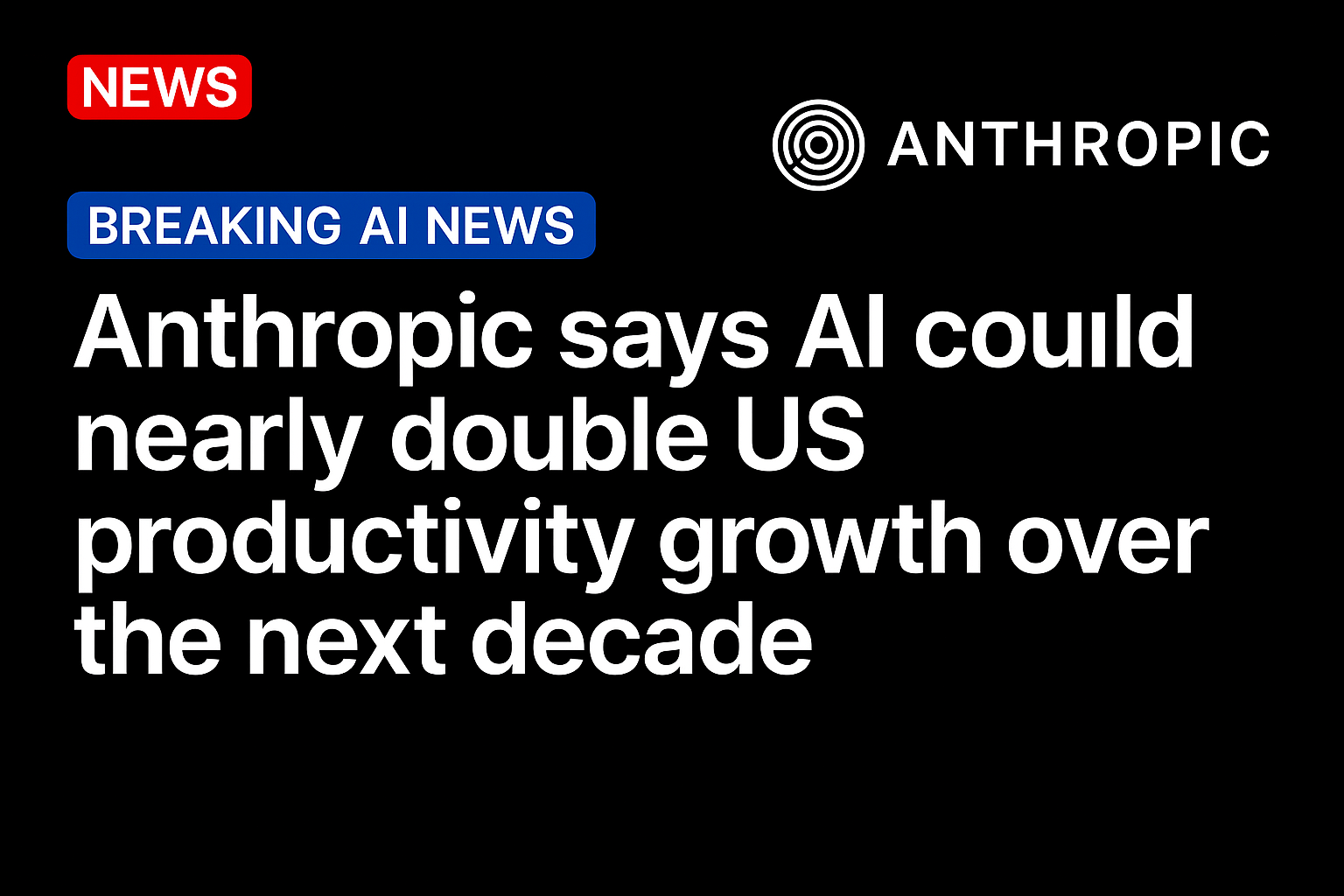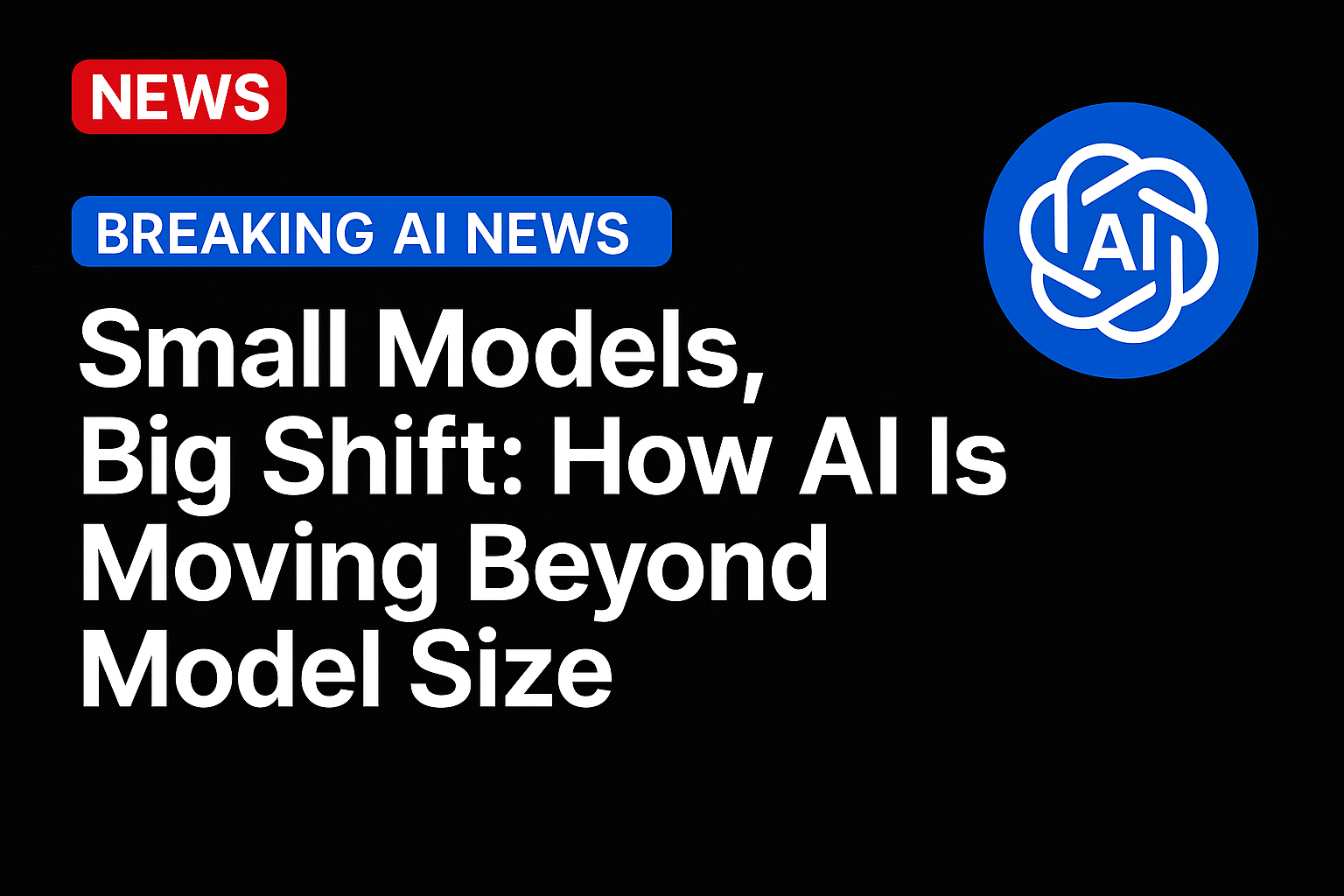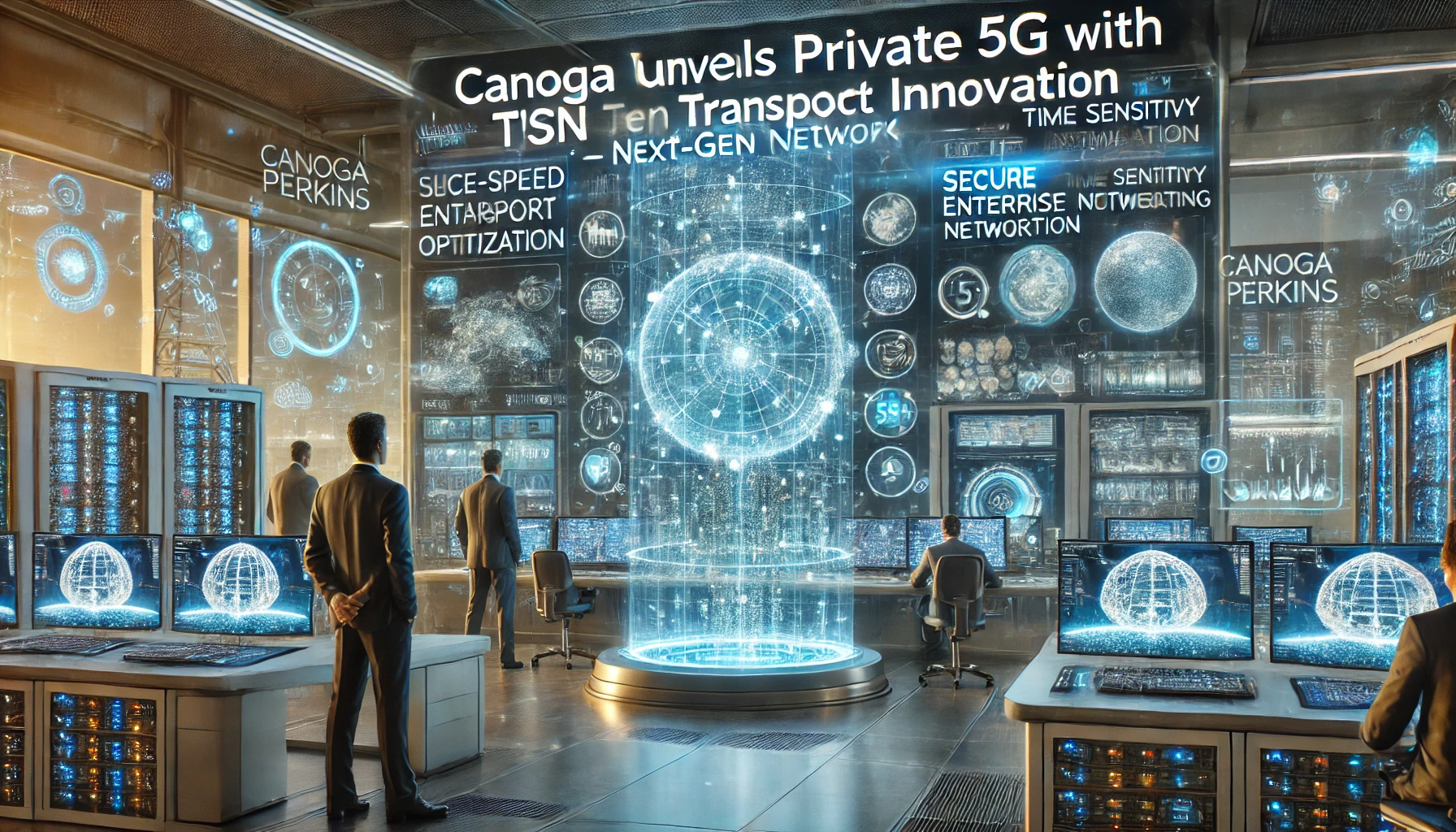
Anthropic says its latest research suggests current-generation AI systems could help accelerate U.S. labor productivity growth to 1.8% annually if the technology reaches widespread adoption over the next 10 years. That figure that would nearly double the growth rate since 2019, according to the AI company’s newly released productivity research.
The findings, based on conversations with Anthropic’s AI model, Claude, come as companies are already using AI to handle everyday tasks like scanning documents, reviewing customer conversations and creating quick summaries for employees. Anthropic’s research says artificial intelligence could raise labor productivity by 1.8% a year. When that increase flows through the whole economy, it becomes a 1.1% annual gain in total factor productivity. Total factor productivity is a wide-angle measure of how efficiently the entire economy works, not just workers but also machines, software and processes.
Anthropic gets to that 1.1% number by assuming that workers continue to receive about 64% of all income in the economy, which is roughly the historical average. It then examined how much of each worker’s day is spent on tasks that AI can help with, and how significant each job is in terms of total wages across the economy. In simple terms, jobs where people spend more time on tasks that AI can assist with and jobs that account for a larger share of total payroll contribute more to the overall productivity increase.
Anthropic measured how long tasks take with and without AI help. The company used Claude to estimate what percentage of workers’ time is spent on different job functions. It then applied these time-saving estimates across job categories, using May 2024 employment data from the U.S. Bureau of Labor Statistics. The top 10 jobs driving gains include software development, management, marketing and customer service; these fields require specialized technical skills and have clear task efficiency.
For context, total factor productivity growth has averaged less than 1% since the early 2000s and 2.1% annually since 1947. If realized, Anthropic’s projections would mark a significant increase.
Early Adoption Shows Promise
Companies are already incorporating artificial intelligence into their daily operations. Last year’s Menlo Ventures analysis found that code generation, chatbots, enterprise search, and document summarization rank among the top five generative AI use cases, with meeting summarization adoption hitting 24% across surveyed organizations. Healthcare, legal services and finance are leading adopters, with firms using AI to automate coding, intake processes and document review.
According to Anthropic’s Economic Index research, released in September, about 77% of enterprise API usage shows automation patterns. This suggests that companies are assigning specific tasks to AI systems instead of using AI mainly as collaborative tools. This pattern of using automation could put pressure on businesses that have not updated their workflows.
Variables
Anthropic’s research assumes that AI will be adopted universally across the U.S. economy. It also assumes that AI capabilities and worker skills will stay the same over the next decade. The company warned that this “exercise” should not be seen as a definite prediction.
“Our analysis has limits,” Anthropic noted in its report. “Most notably, we can’t account for additional time humans spend on tasks outside of their conversations with Claude, including validating the quality or accuracy of Claude’s work.”
The company also said it is likely that AI systems will improve in the coming years, which could lead to greater benefits than current models indicate.
The difference between efficiency gains at the model level and their real-world use is still uncertain. Anthropic’s estimates are among the highest and achieving them would need changes within organizations that many companies have not started.
Source: https://www.pymnts.com/




